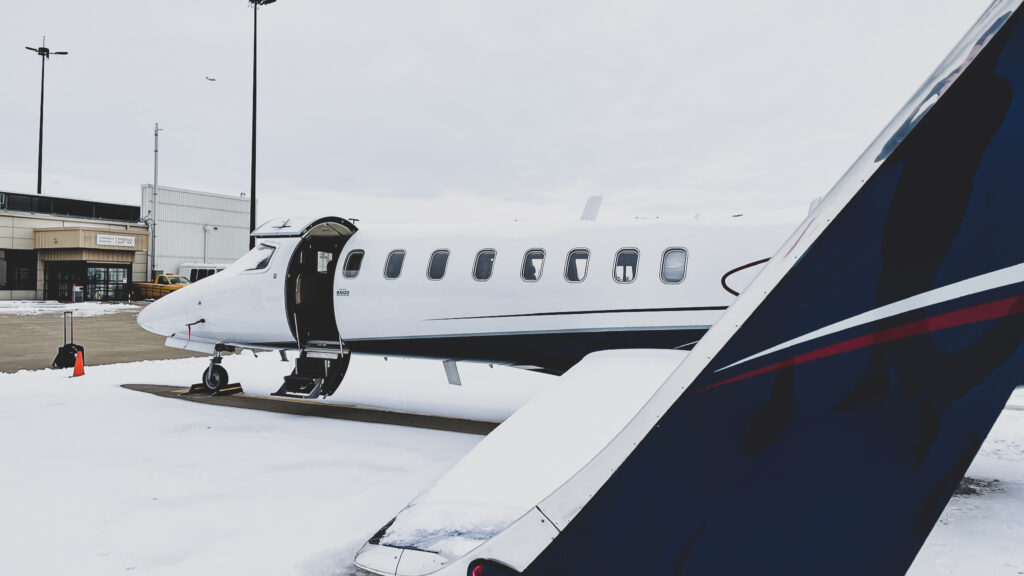Now is the time to lock down your winter flying arrangements.
Cold Weather Vacationing
Most Americans not only travel domestically during the winter months, but they also prefer colder climates.
Turbulence
It is common for flyers to experience some reluctance when flying in wintery weather conditions, but aircraft withstand the elements by design. It seems counterintuitive that turbulence is a good thing, but the sudden jerky movements you might feel when in the air are working with the plane, not against it.
Even if we look outside the window to clear skies, it is still possible to experience clear-air turbulence. Jet streams circulate throughout our atmosphere to create river-like flows of wind. Ideally, a tailwind is what we want because the faster we can get to the destination, the better!
Thermal and mechanical turbulence are the two types pilots experience the most in the colder months. As hot air rises, thick clouds will form to create the low visibility turbulence that sometimes causes passengers to be wary. In mountainous regions, winds usually create mountain waves, which move with the range’s natural gradations.
Weather preparedness is critical when pilots fly under these conditions. Communication with dispatchers and the ATC tells them how to avoid patches altogether or the most strategic way to press through the areas.

Deicing
With extra moisture in the air comes freezing aircraft. Deicing is standard practice, considering most of the U.S. experiences below-freezing temperatures throughout the year. The most common method is deicing fluid, but manual deicing can also be suitable for small private aircraft.
The most frequently asked question for passengers is: How long can deicing take? It varies but usually ranges from 6-45 minutes.


Got Gear?
Winter clothes undoubtedly take up more room even if you aren’t bringing along ski or snowboard gear. Use soft-sided luggage to make the most of your aircraft’s capacity. Avoid underestimating how much ‘stuff’ you’re bringing along on your winter trips!
If you are bringing snow gear like skis or boards, let us know, and we will be more than happy to accommodate. You won’t have to worry about lugging it from the vehicle to the aircraft; we’ve got you covered.
